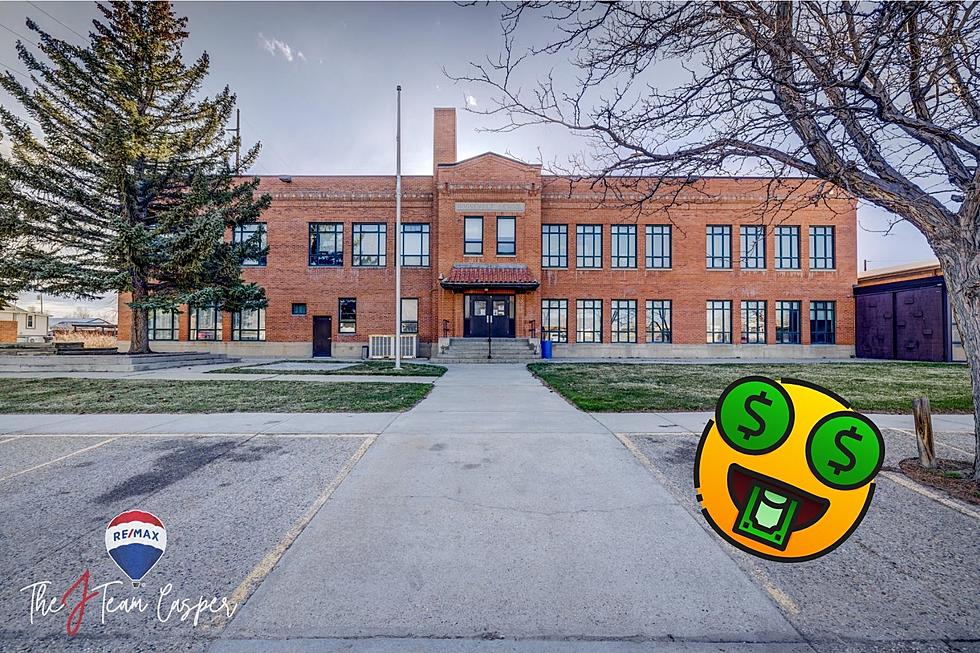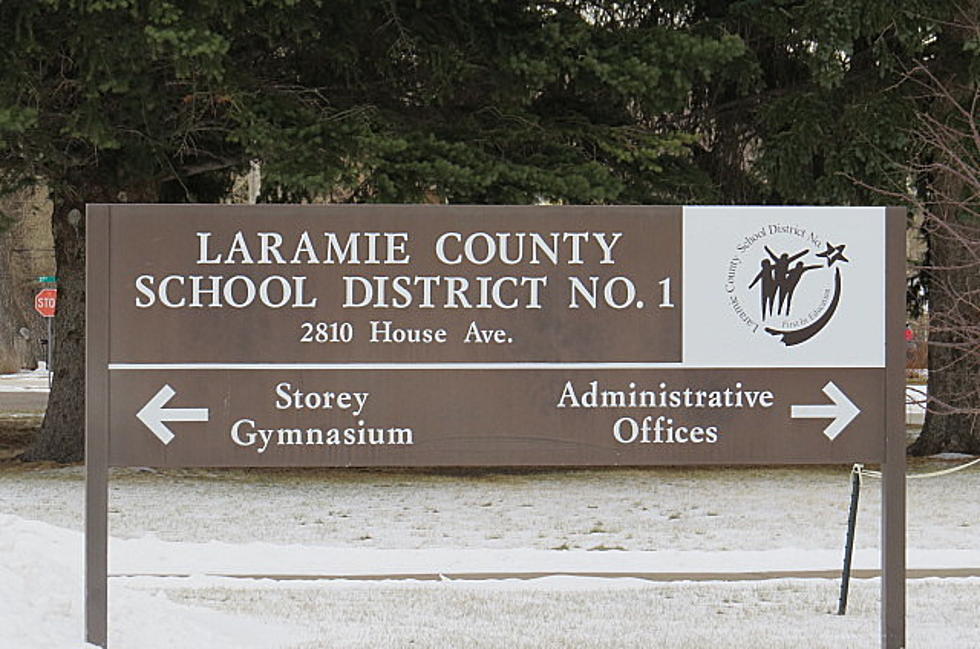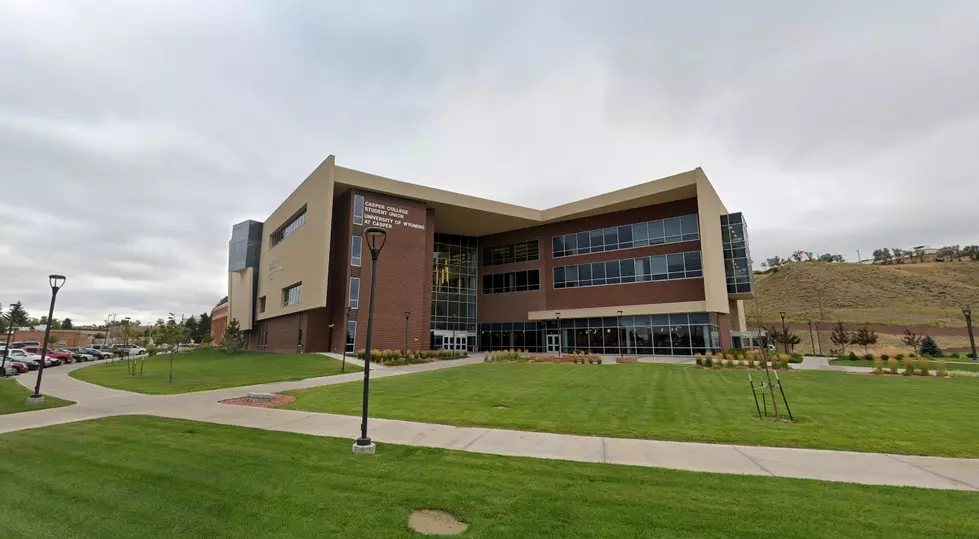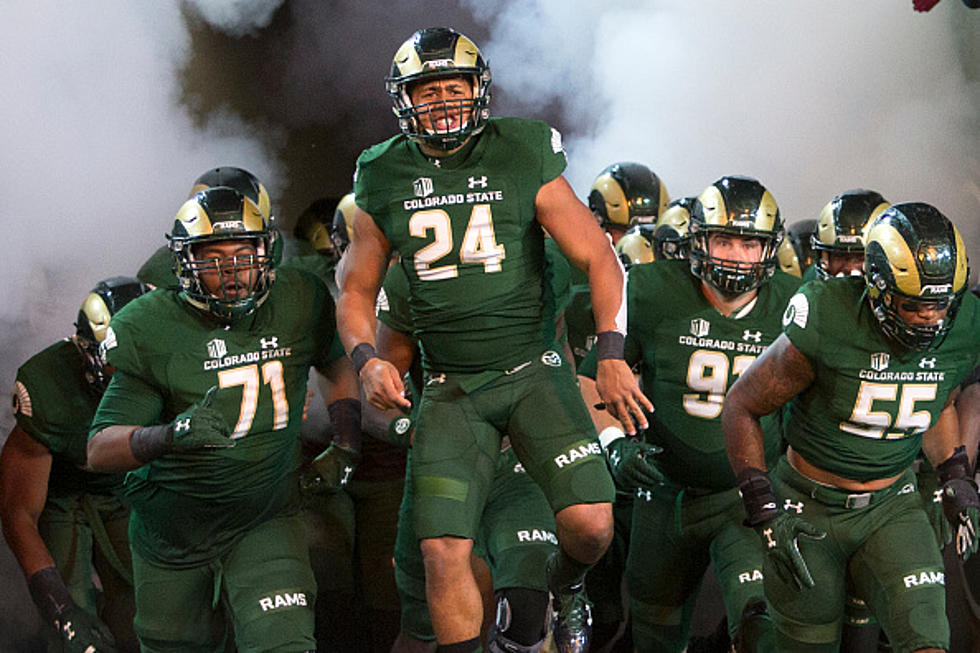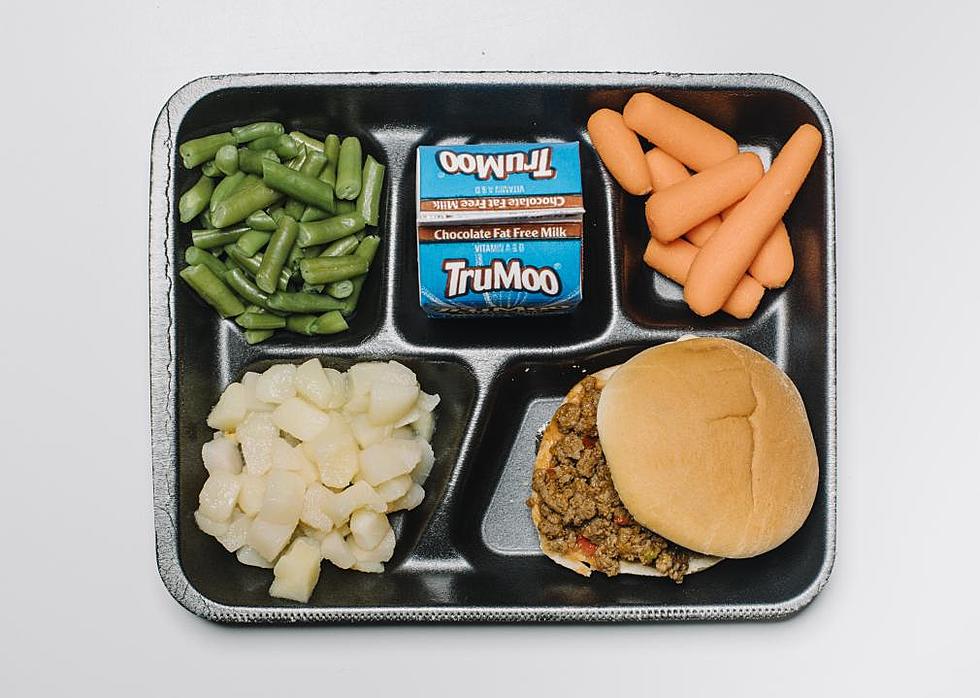
See How School Cafeteria Meals Have Changed Over the Past 100 Years
A piece of President Joe Biden's recently released American Families Plan aims to provide school lunches throughout the summer to some 29 million school-aged children. If passed, the proposal would greatly expand the current school lunch program and ensure that millions of food-insecure children are guaranteed at least one meal each day. Throughout the pandemic, a short-term version of the program has been in place, but this new proposal would make it permanent.
The idea of feeding children who might otherwise go without is at the heart of the public school lunch program. In their earliest days, these programs were run by charities and welfare organizations that wanted to prove that good nutrition was foundational to success in school and in life. While the nutritional aspect of cafeteria meals may have been lost over the last century or so, the belief that a full stomach is an important part of a person's success has remained intact.
See How School Cafeteria Meals Have Changed Over the Past 100 Years
Using government and news reports, Stacker has traced the history of cafeteria meals from their inception to the present day, with data from news and government reports. Read on to see how various legal acts, food trends, and budget cuts have changed what kids are getting on their trays.
More From 101.9 KING-FM

![Bullet Grazed Border Patrol Agent’s Head During School Shooting [PHOTOS]](http://townsquare.media/site/34/files/2022/05/attachment-Screen-Shot-2022-05-26-at-12.27.42-PM.jpg?w=980&q=75)
